| Umělec magazine 2005/3 >> Viktor Špaček, I like things, those quiet comrades | List of all editions. | ||||||||||||
|
|||||||||||||
Viktor Špaček, I like things, those quiet comradesUmělec magazine 2005/301.03.2005 Lenka Klodová | new faces | en cs de es |
|||||||||||||
|
While driving on the smooth highway leading from Dresden to Berlin, with its rhythmical multitudes of street lamps, serpentine crash barriers and traffic lights flashing by, I recalled Viktor Špaček more vividly.
Born rather than created, technical elements are rooted in norms and laws, transcending the limitations of human production. They originate neither through chan-ce nor human caprice; we did not invent them voluntarily, we had to in order to protect ourselves against the damaging effects of everything else we do– all that stuff associated with getting around quickly. Viktor Špaček is neither an automobile enthusiast nor an artist in any way enthralled with technology. Špaček’s art acknowledges both the substance and eternity of banal technical things. There are visual differences among electrical switches, but the very substance of such objects determined by function changes only very gradually, as with the entire technological universe of today. When Špaček works with real things, he eliminates their variations and their design, reducing them to their very naked, functional form—their sign. An artist with considerable literary talent, Špaček manipulates the visual form into artworks as signs of things the way a poet casts words into phrases. Indeed, one might examine and compare his visual work with his writing. He has produced works that have taken on both forms. An installation called Tak jako tak (In Any Case) has its equivalent in a poem called Najednou je celé to město (All of a Sudden the Whole Town). All of a sudden the whole town Is like three sticks leaning against glass. There might not be any glass, though. There are just the sticks leaning, Or just the leaning Against something, or not even that… The object called Tak jako tak is defined by two wooden frames side by side, blocking a corridor. These form two identical scenes: a broom and a shovel leaning against the area within the frame. The difference is simple but subtle. There is glass in the right frame, and the tools really do lean against it; with no glass in the left frame, the tools have been hammered into the floor, and stick upwards. The most expressive quality that enhances such visual expression is corporeality. Visual objects, including pictures, are always related to the body— they have a certain dimension, and take up a portion of the space that we occupy; they somehow relate to actions of movement that a body wants to do in this space. Viktor uses this aspect in his works in an almost philosophical way—he makes a puzzle out of the most banal situation and he makes us think, because he attacks the body. To continue your journey, you must think twice before choosing one of the two possible ways. An installation called A Still Life with Motion consists of two enlarged call buttons with a red light saying “In motion.” These call buttons are presented on such a large scale that the red light that signals movement is also the traffic light red for “Stop!” With the scale going against the meaning, the visual contradicts the word; the drama transpires at high speed, but nothing moves. To conclude with, here is a short poem with a spatiotemporal quality written by Špaček: a sound echoed as if a plane had stopped flying…
01.03.2005
Recommended articles
|
|||||||||||||
|
04.02.2020 10:17
Letošní 50. ročník Art Basel přilákal celkem 93 000 návštěvníků a sběratelů z 80 zemí světa. 290 prémiových galerií představilo umělecká díla od počátku 20. století až po současnost. Hlavní sektor přehlídky, tradičně v prvním patře výstavního prostoru, představil 232 předních galerií z celého světa nabízející umění nejvyšší kvality. Veletrh ukázal vzestupný trend prodeje prostřednictvím galerií jak soukromým sbírkám, tak i institucím. Kromě hlavního veletrhu stály za návštěvu i ty přidružené: Volta, Liste a Photo Basel, k tomu doprovodné programy a výstavy v místních institucích, které kvalitou daleko přesahují hranice města tj. Kunsthalle Basel, Kunstmuseum, Tinguely muzeum nebo Fondation Beyeler.
|







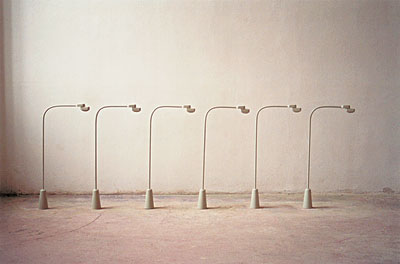
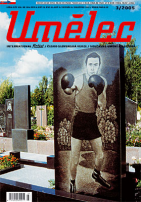



















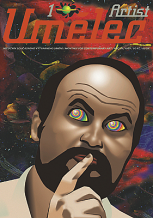
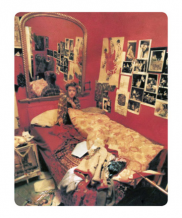
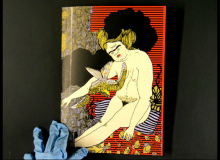


 New book by I.M.Jirous in English at our online bookshop.
New book by I.M.Jirous in English at our online bookshop.
Comments
There are currently no comments.Add new comment